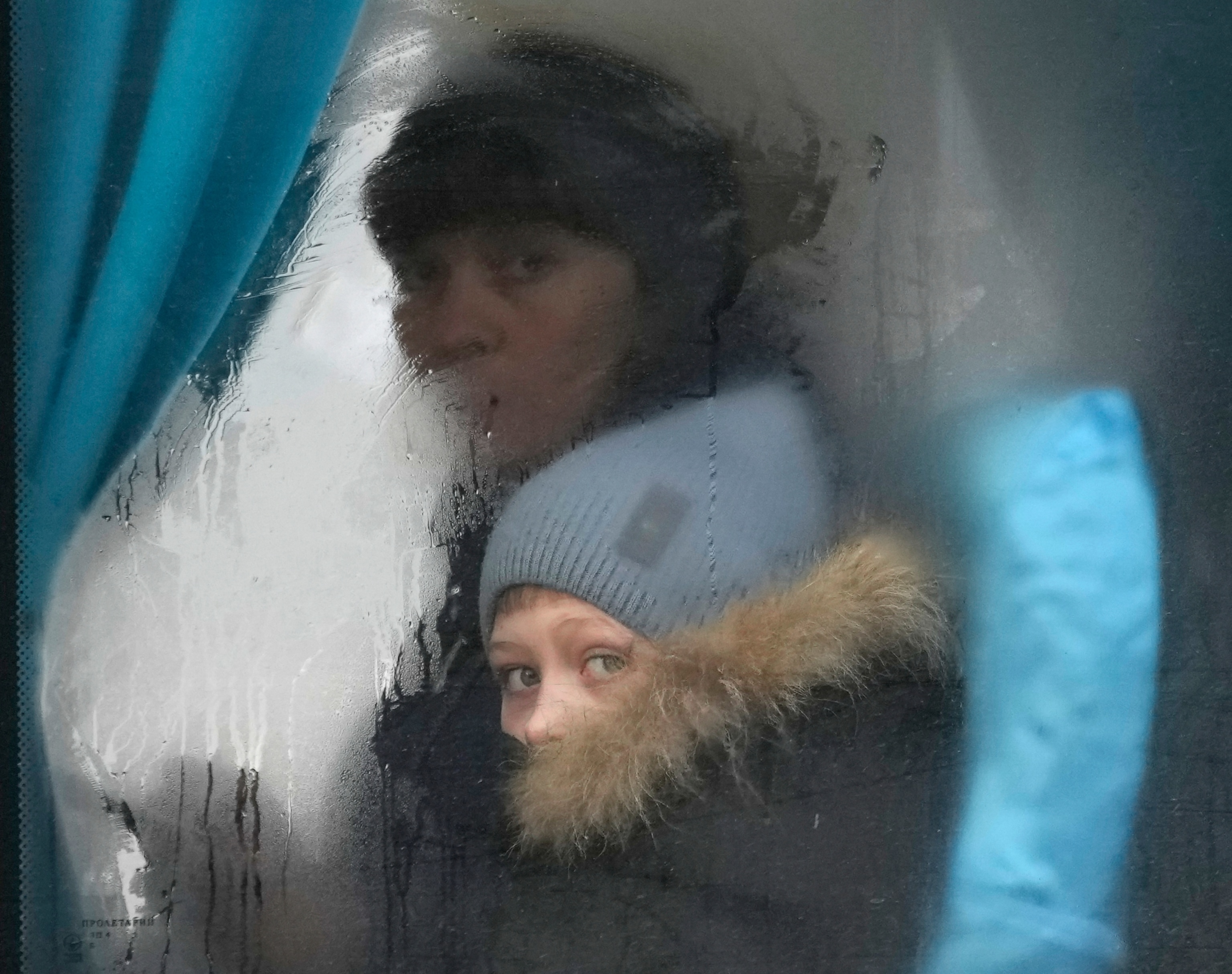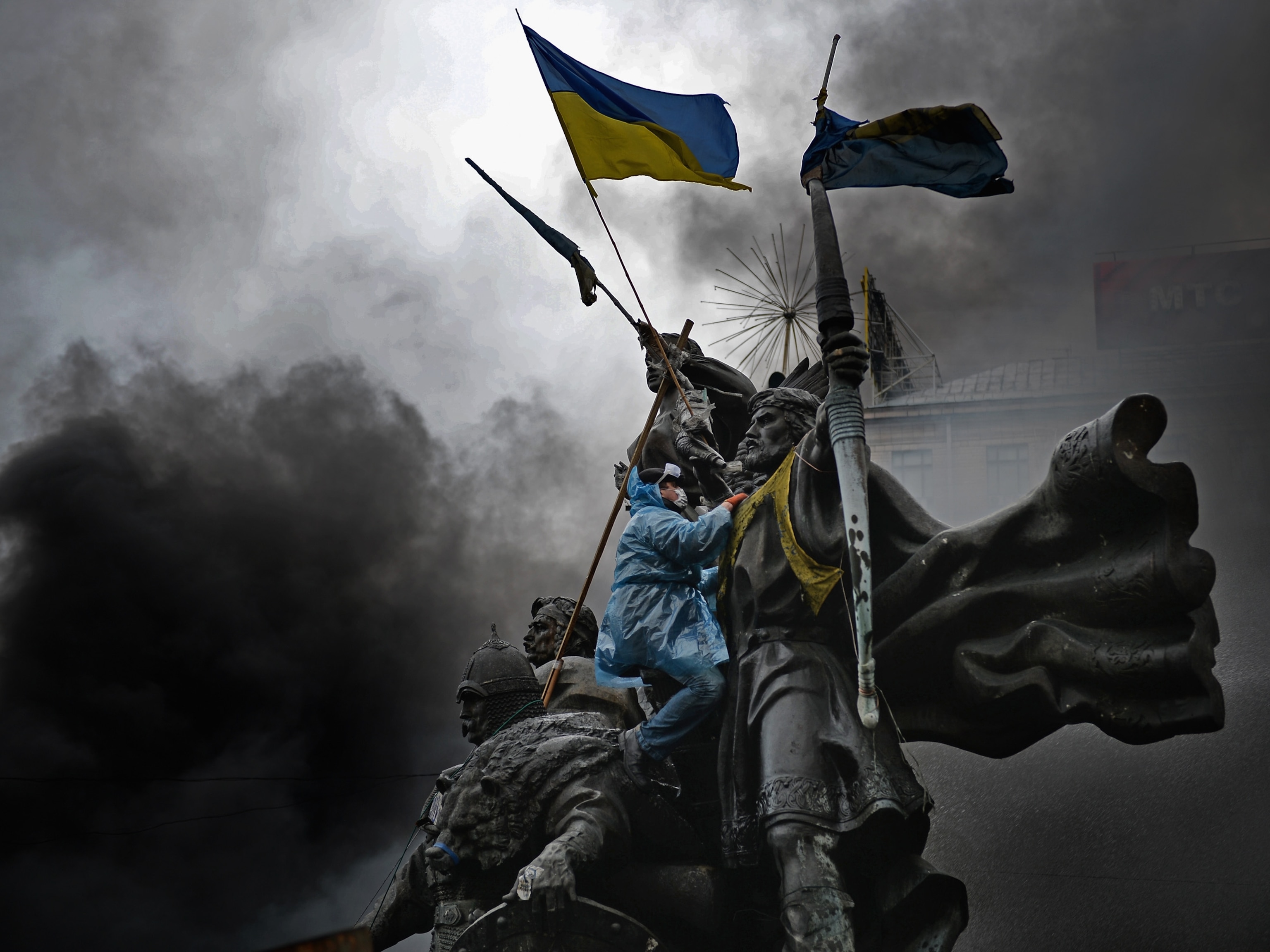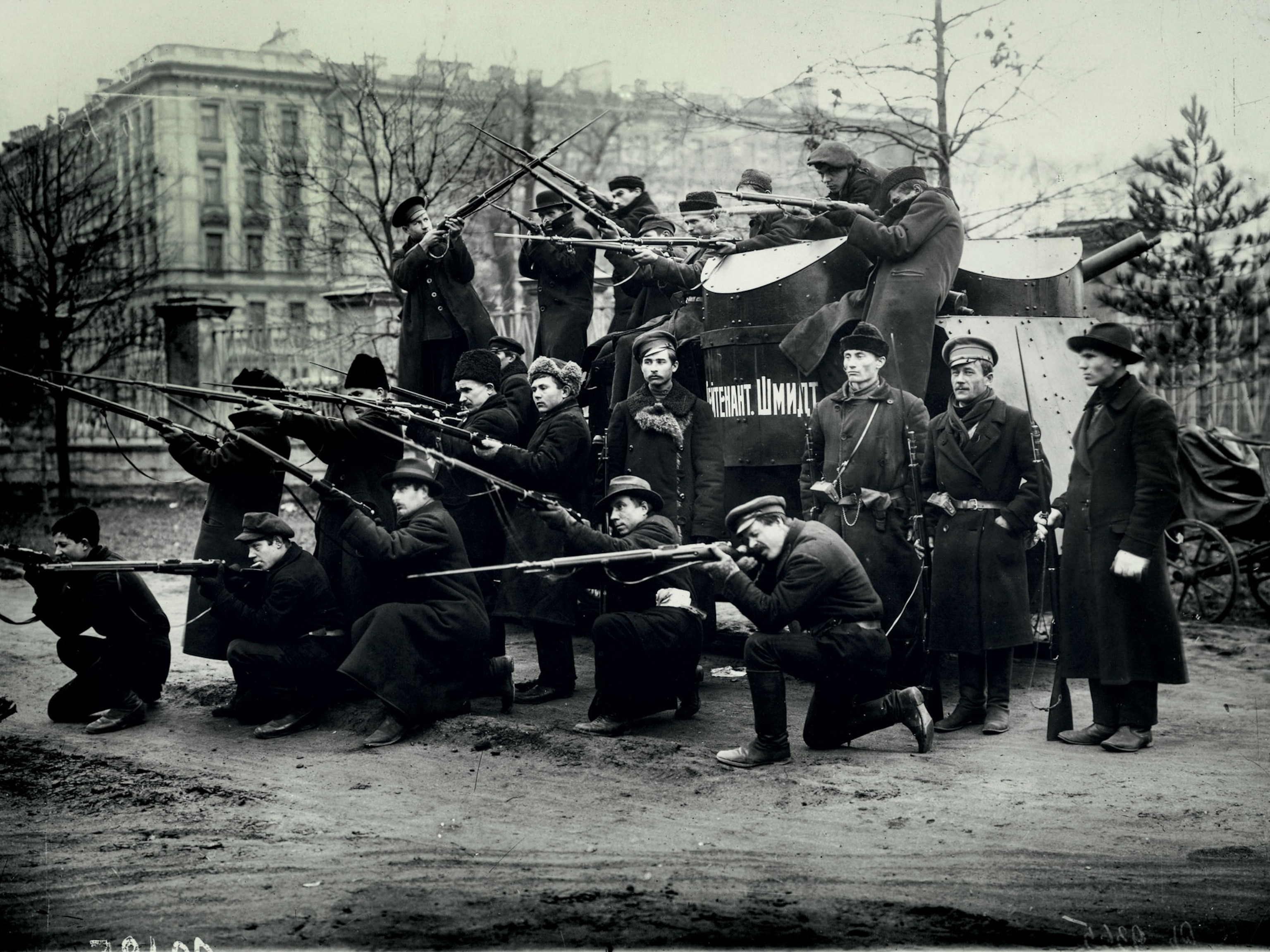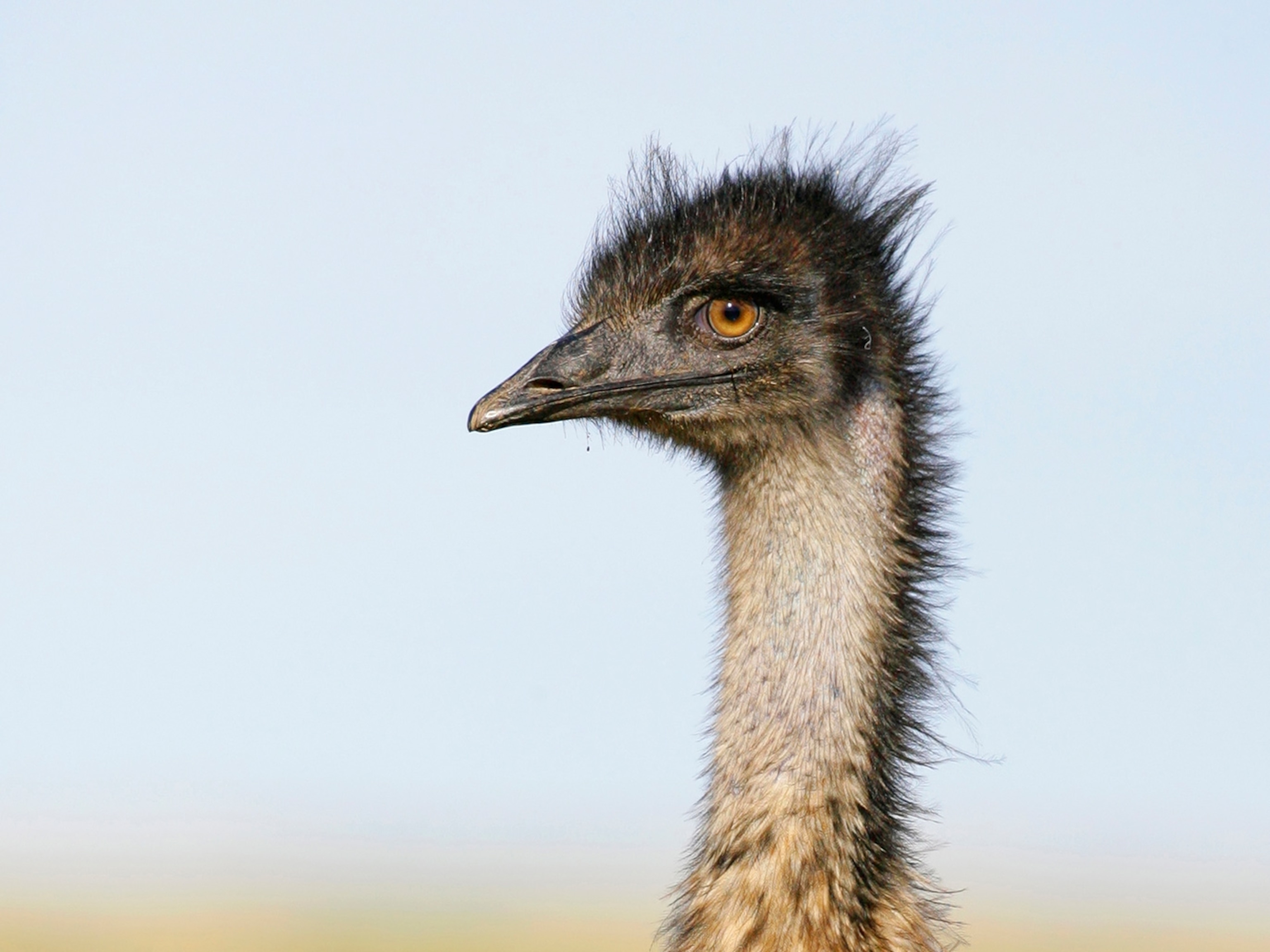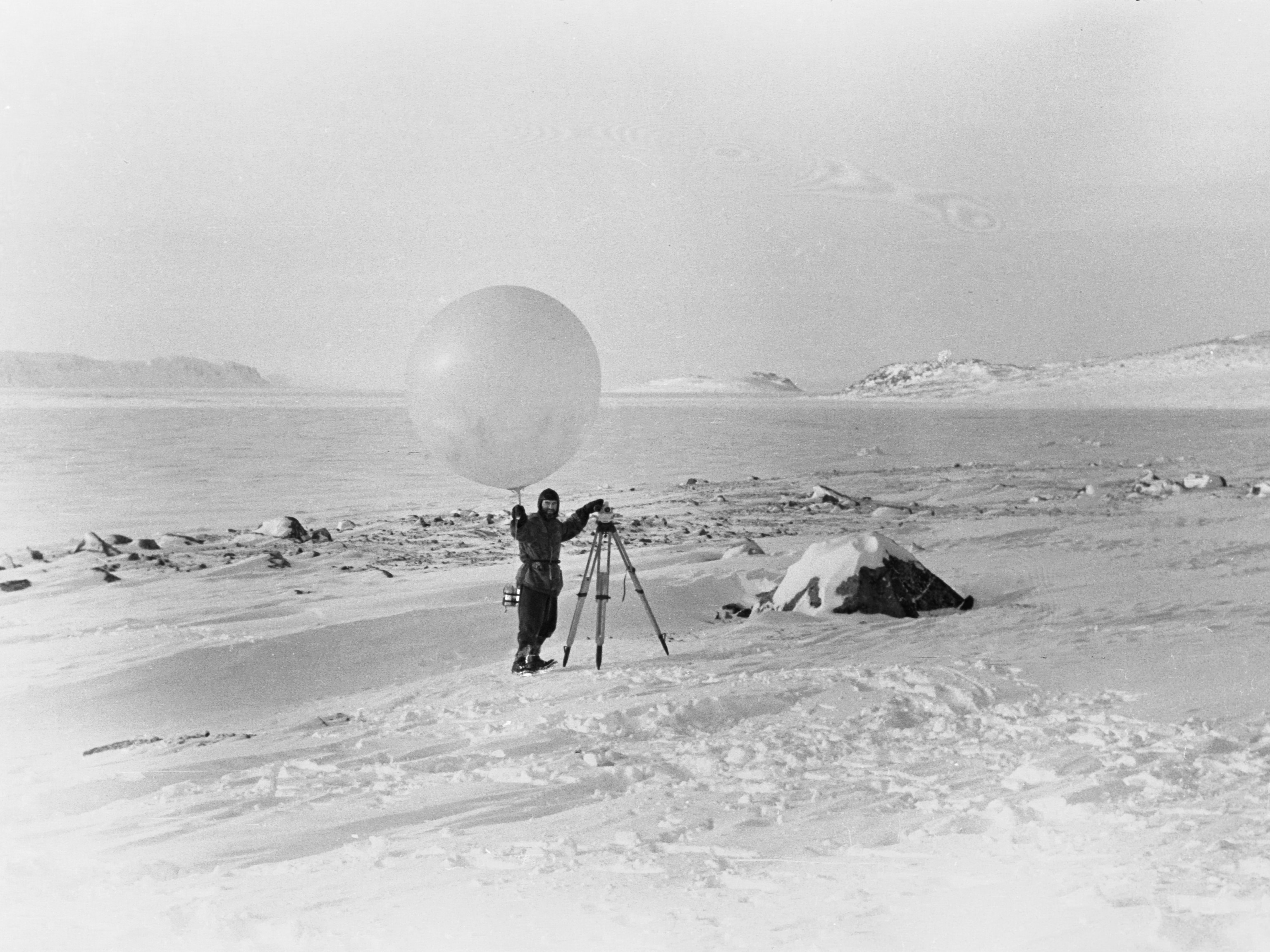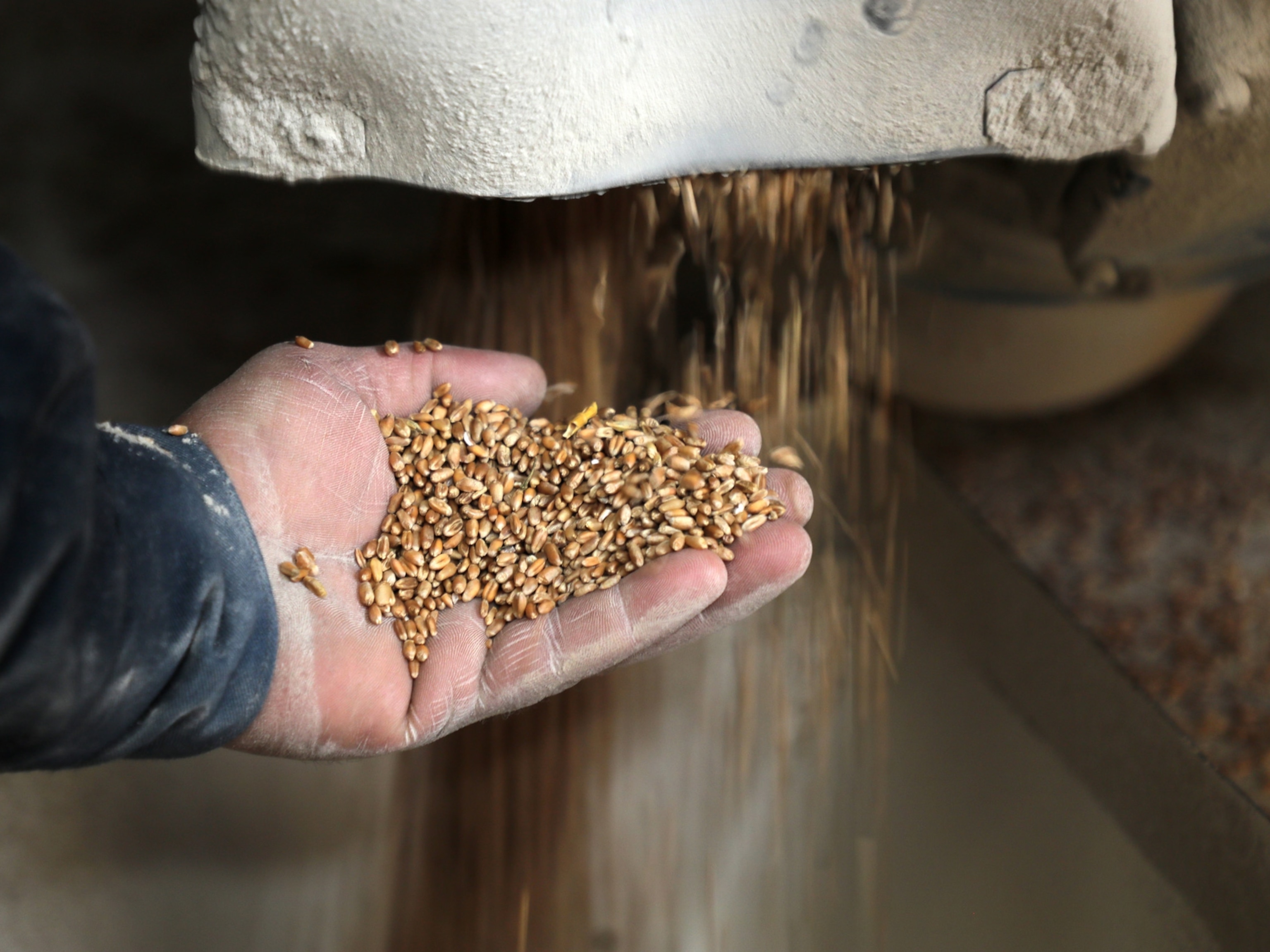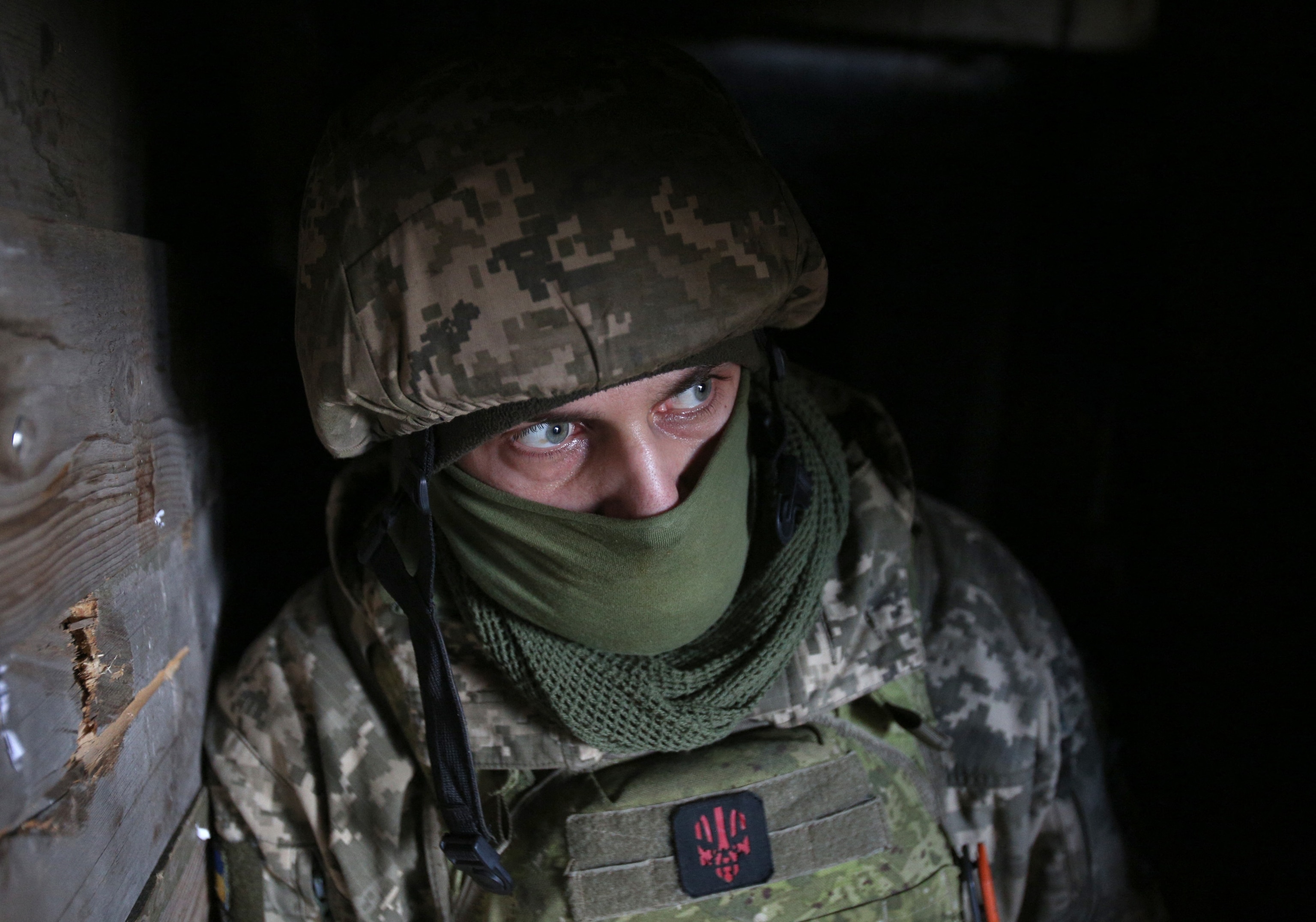
Photos show chaos as Russia invades Ukraine
The Russian military operation in Ukraine is being conducted via land, sea, and air. This is what it looks like from the ground.
Scenes of chaos engulfed the capital of Ukraine on Thursday, after residents were awakened before dawn to the sound of missiles raining down on Kyiv. The country’s second-largest city, Kharkiv, which borders Russia in the northeast, received a steady stream of blasts. Throughout the day, cars jammed highways in a desperate attempt to flee bombarded cities, thousands sheltered in subway stations, and backpack-carrying refugees made their way to border crossings.
The escalation, which Russia described as a “special military operation,” and the United States called “premeditated war,” has become the largest threat to peace in Europe since World War II, world leaders say.
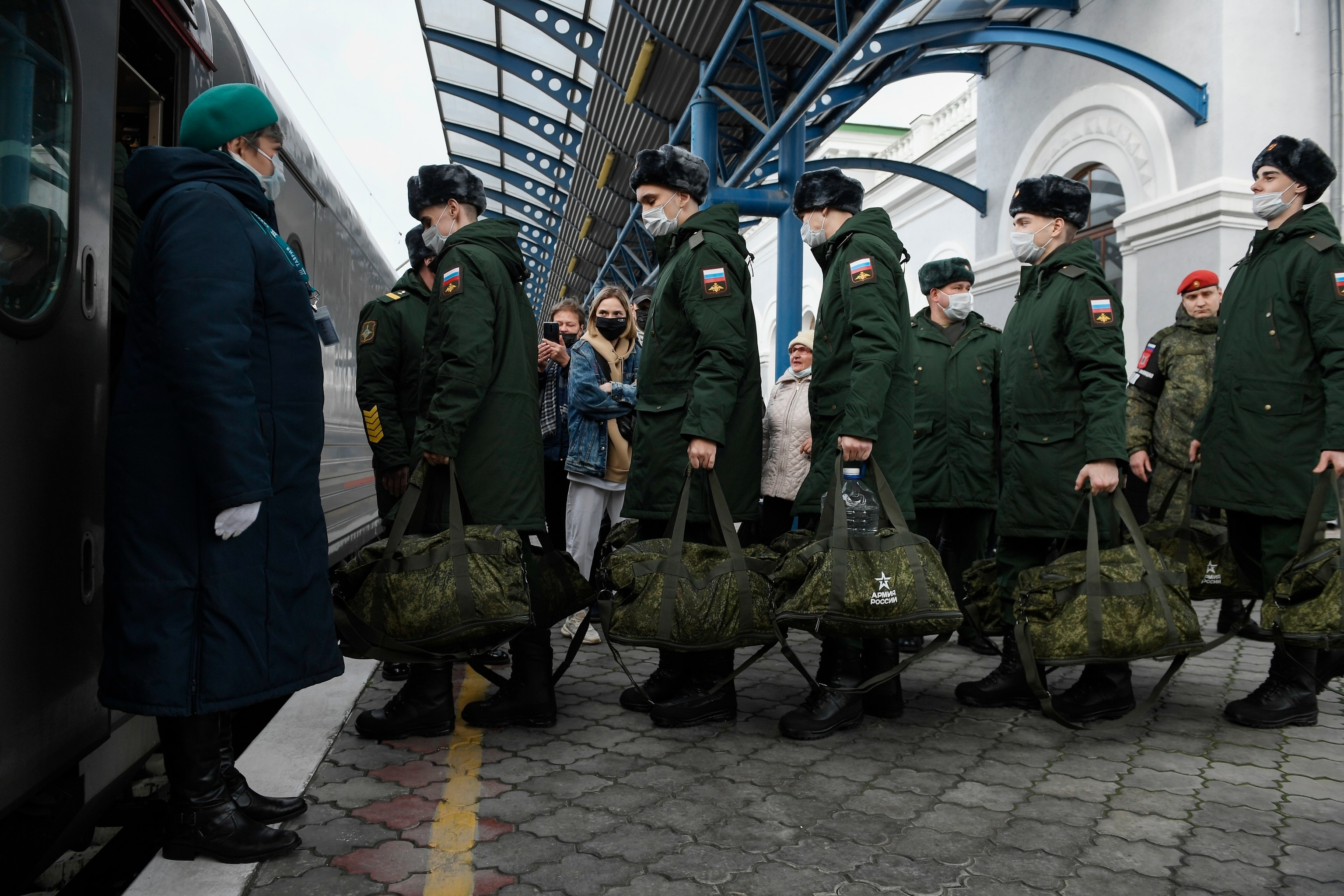
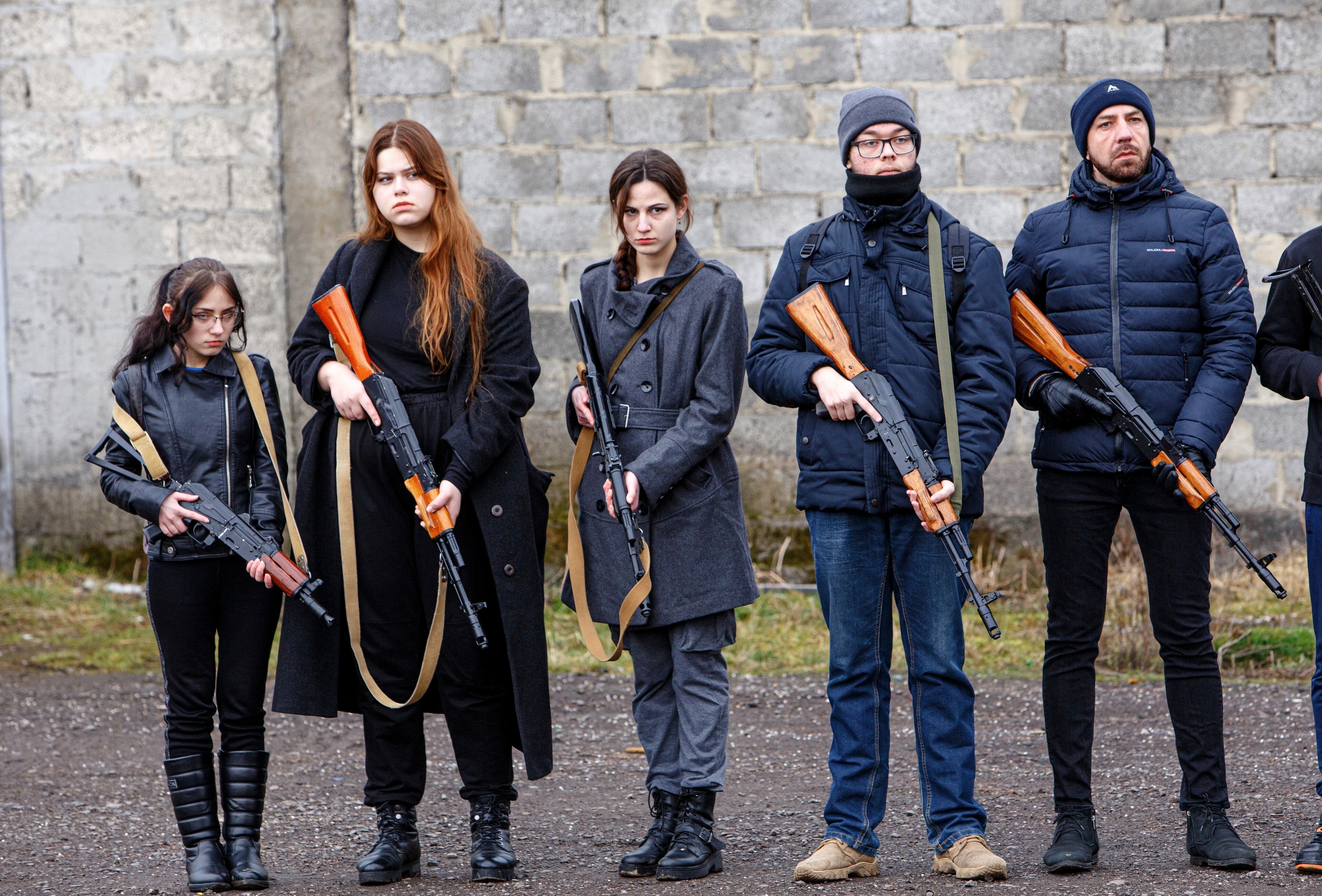
The Russian invasion of Ukraine is now playing out via land, sea, and air. Hundreds of missiles have been launched into Ukraine, aimed at military targets such as airfields, barracks, and ammunition storage. Columns of Russian soldiers have been crossing the borders of both Russia and Belarus, according to news reports, and additional troops are landing on the southern coasts. Ukrainian President Volodymyr Zelensky announced a curfew and martial law.
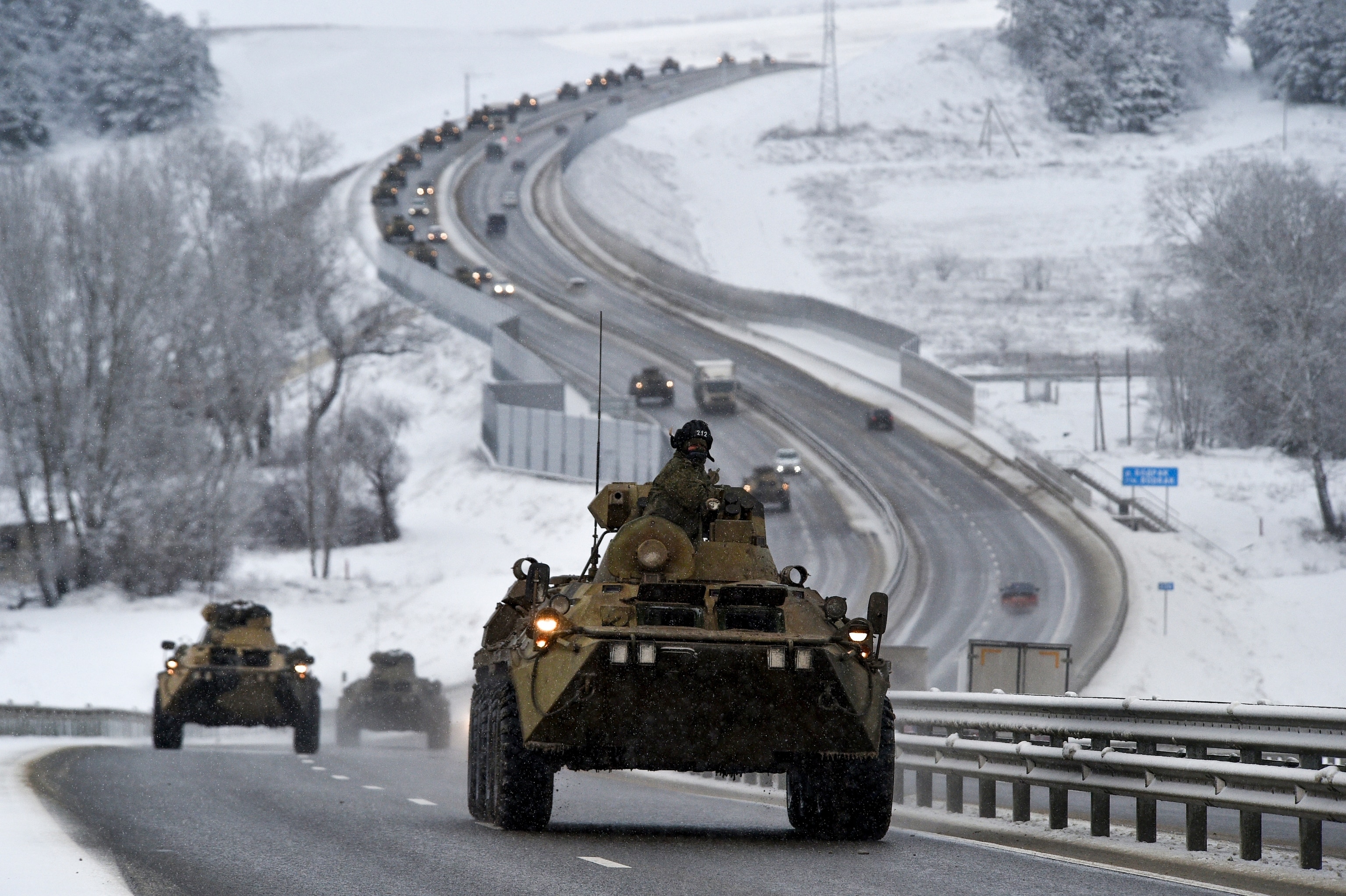
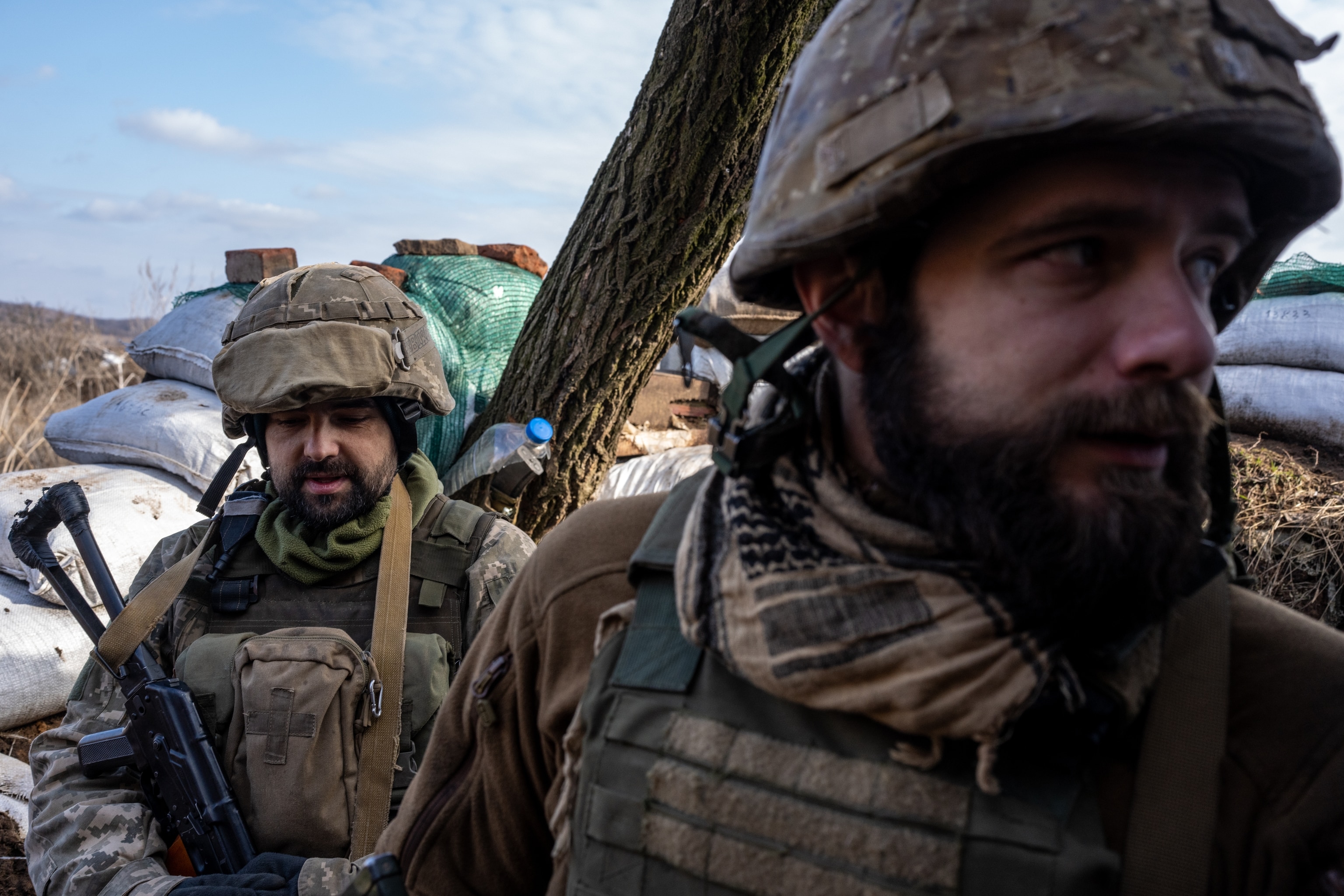
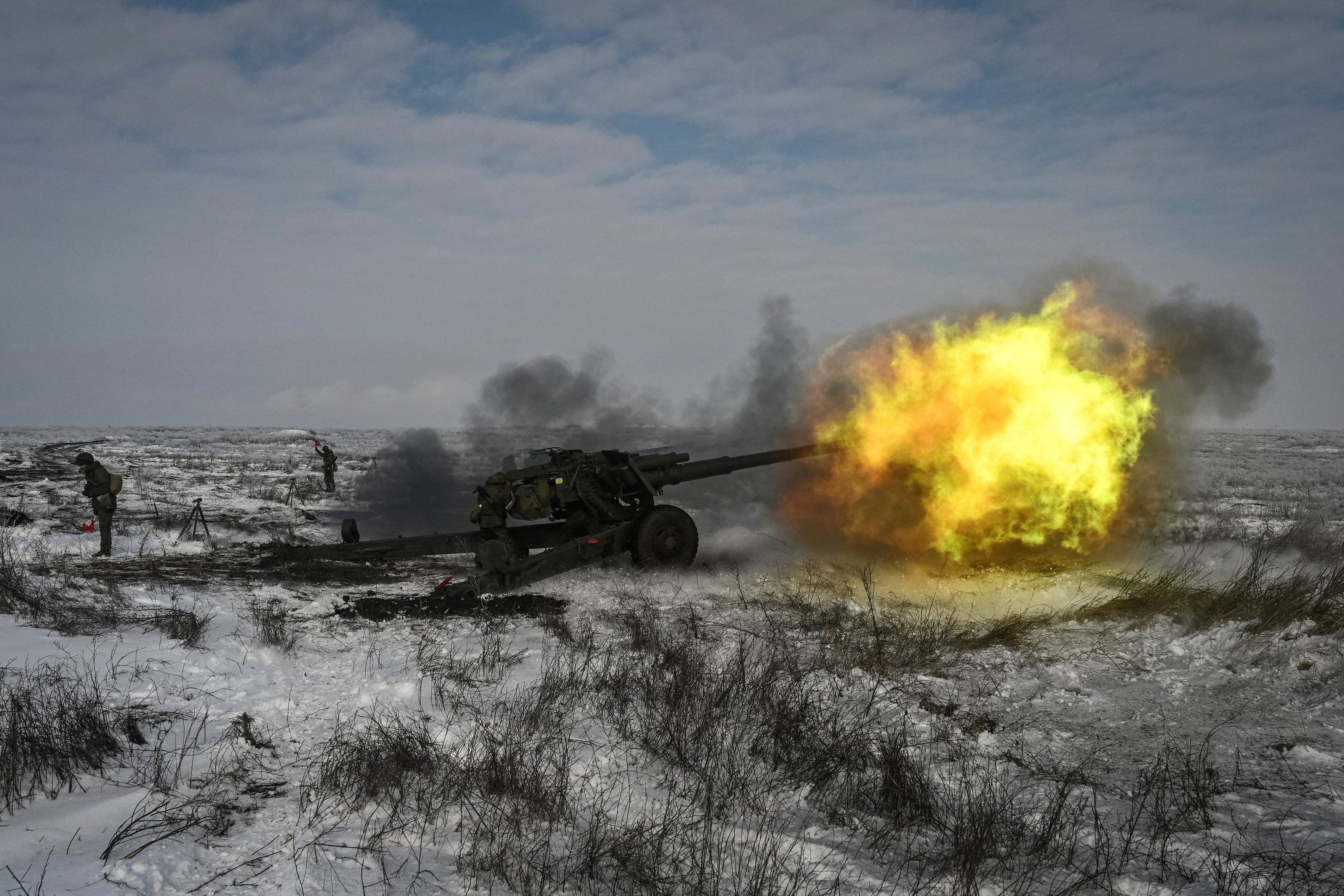

Russian President Vladimir Putin has claimed he wants to “demilitarize” Ukraine, but analysts and historians believe he fears Ukraine’s alliance with the West and sees the nation’s prospects of joining the North Atlantic Treaty Organization (NATO) as a security threat to Russia.
Russia and Ukraine have more than a thousand years of shared history punctuated by war, famine, and identity politics. Centuries of European wars have separated and united the two nations under different empires and republics. Ukraine experienced brief moments of independence in the revolution-marked 20th century, but was quickly swept up as a republic of the former Soviet Union in 1922.
Ukraine gained independence as the Soviet Union collapsed in 1991, and obtained a signed agreement from Russia, the U.S., and the U.K. to protect its sovereignty. But Putin has long laid claim to Ukraine as part of Russia.



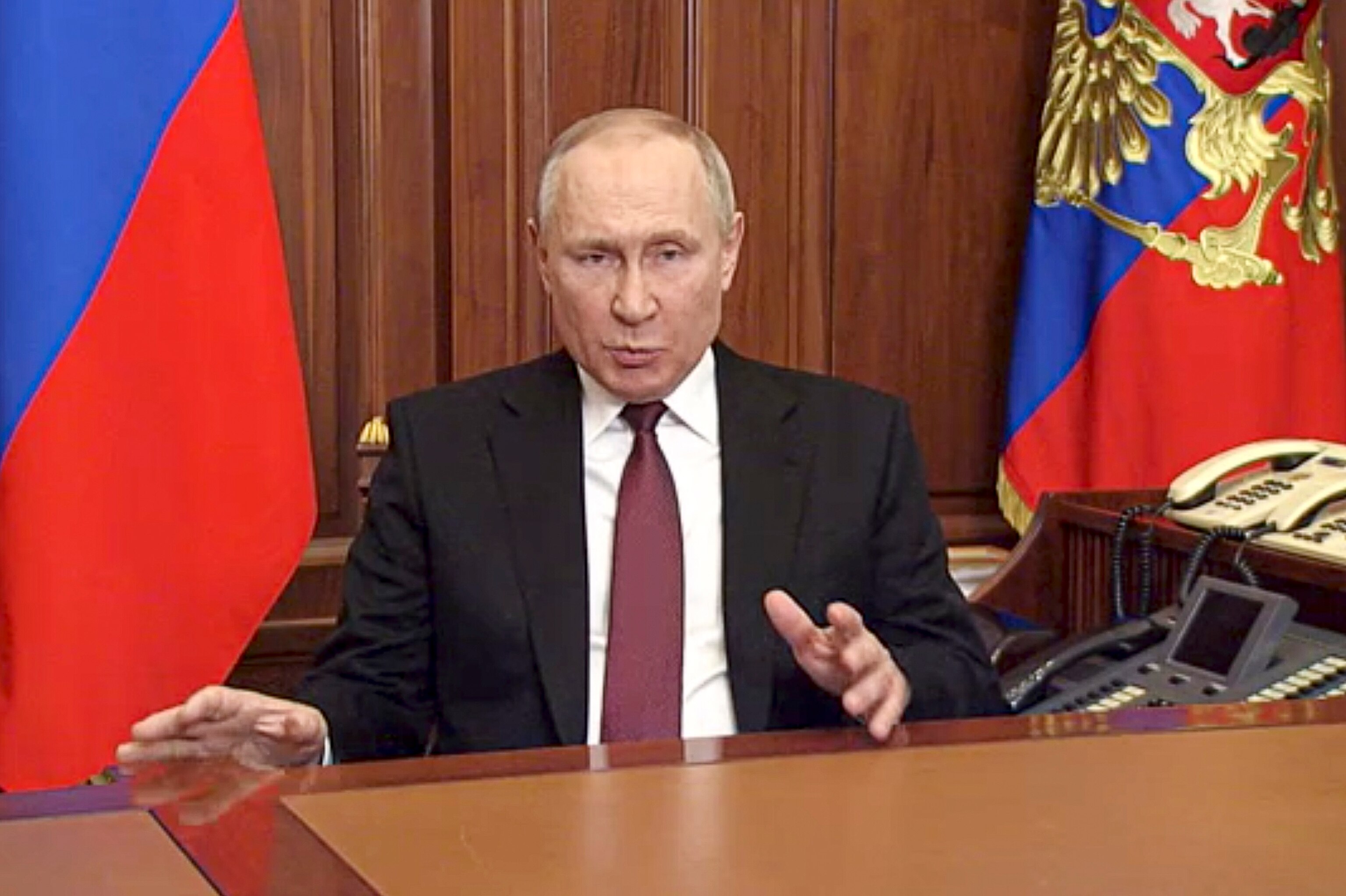


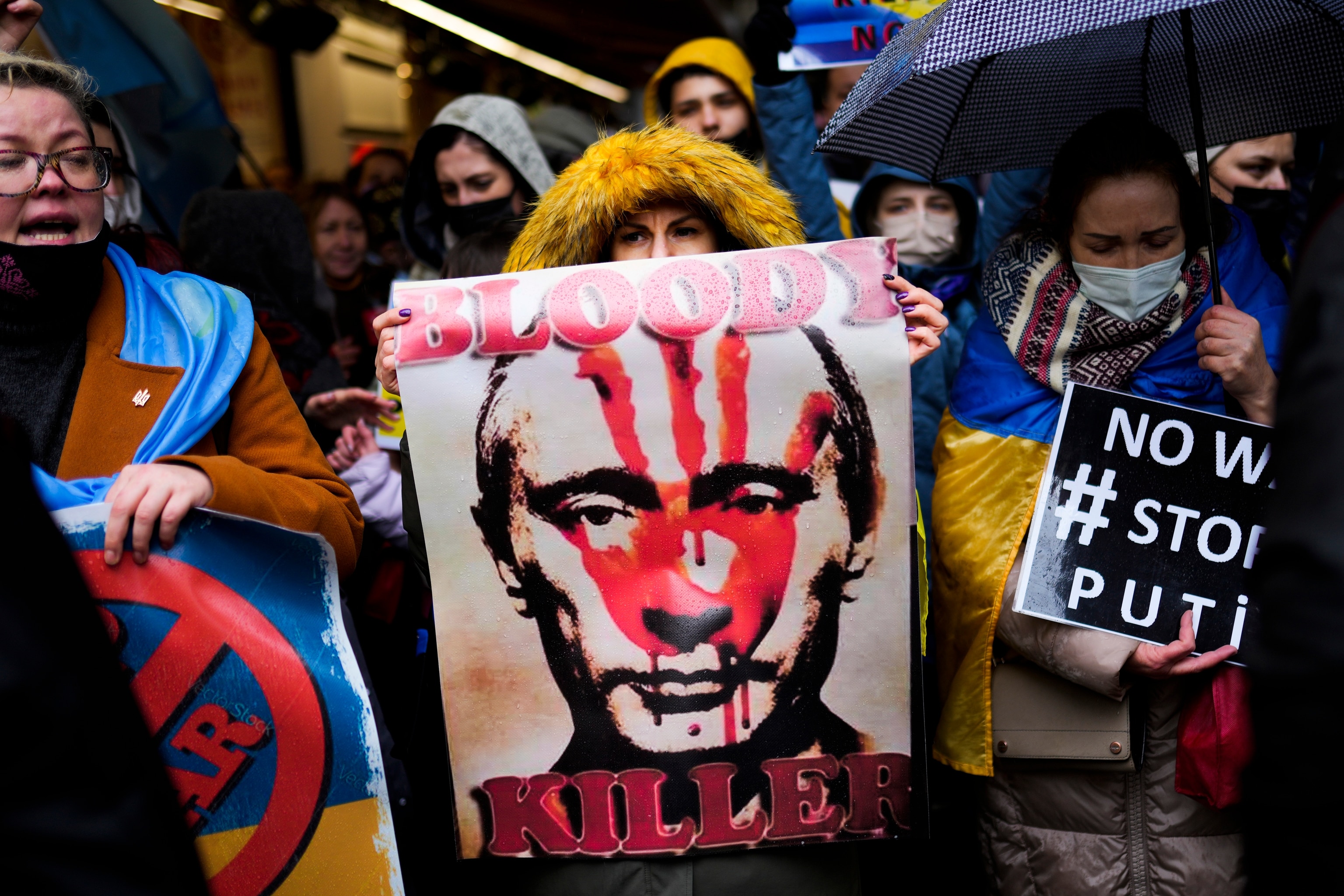
Separatist regions and ethnic alliances have carved tense lines between eastern Ukraine, with its strong ties to Russia, and the nation’s western regions, which have allied with Europe and the Americas. In 2014, shortly after annexing the Ukrainian region of Crimea, Putin declared Kyiv as “the mother of Russian cities.” In a recent speech, Putin denied Ukrainian independence and described it as a part of the “history, culture, and spiritual space” of Russia.
A full-fledged Ukrainian invasion is expected to become the largest land war in Europe since 1945. “We haven’t seen a conventional move like this, nation-state to nation-state, since World War II,” a senior U.S. defense official told the Washington Post.
NATO plans to send troops east and has pledged to ensure fighting does not spill into its member countries. Nations including Lithuania, which borders Belarus and a Russian enclave called Kaliningrad, have already deployed troops to protect their borders.
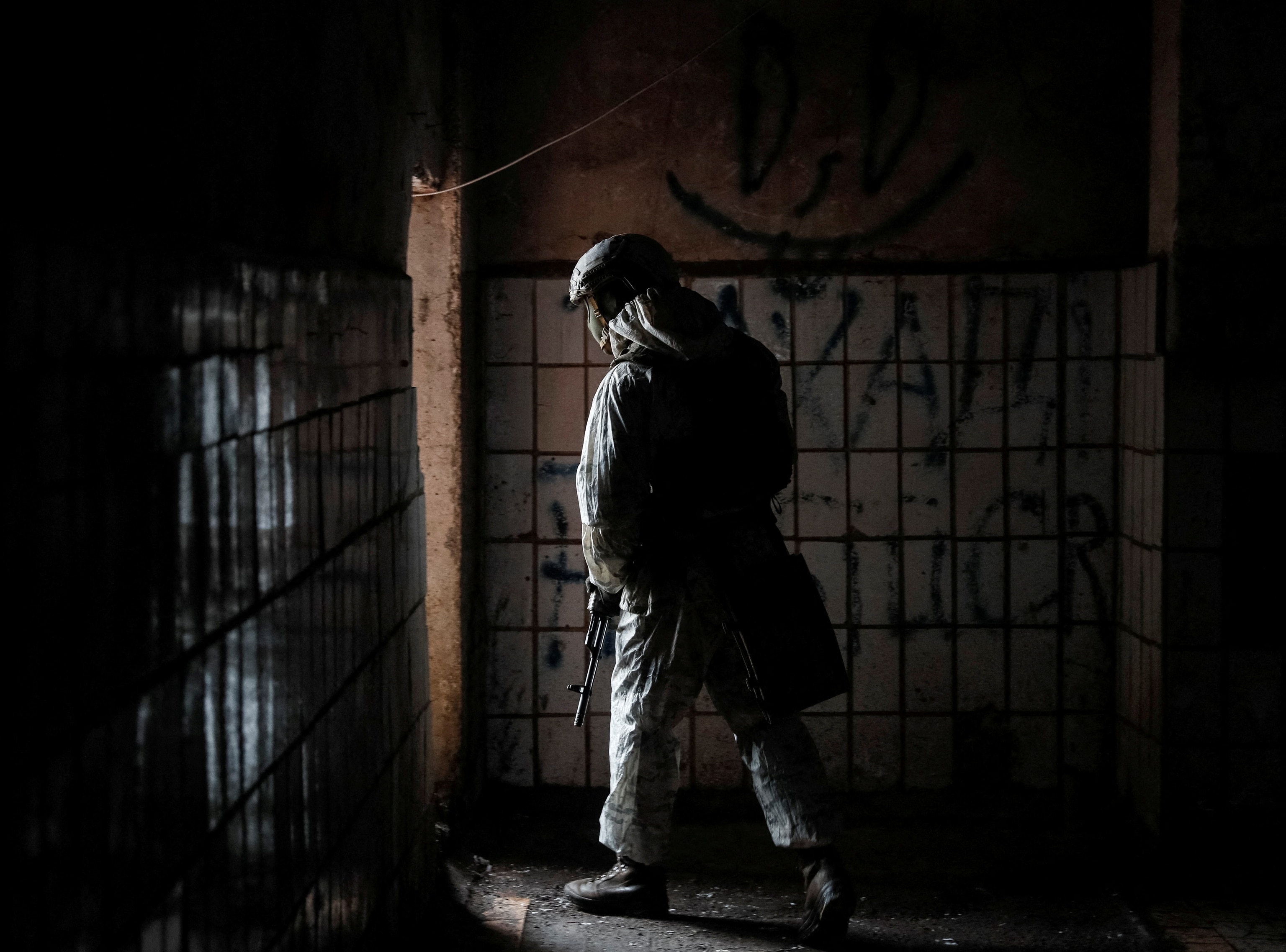

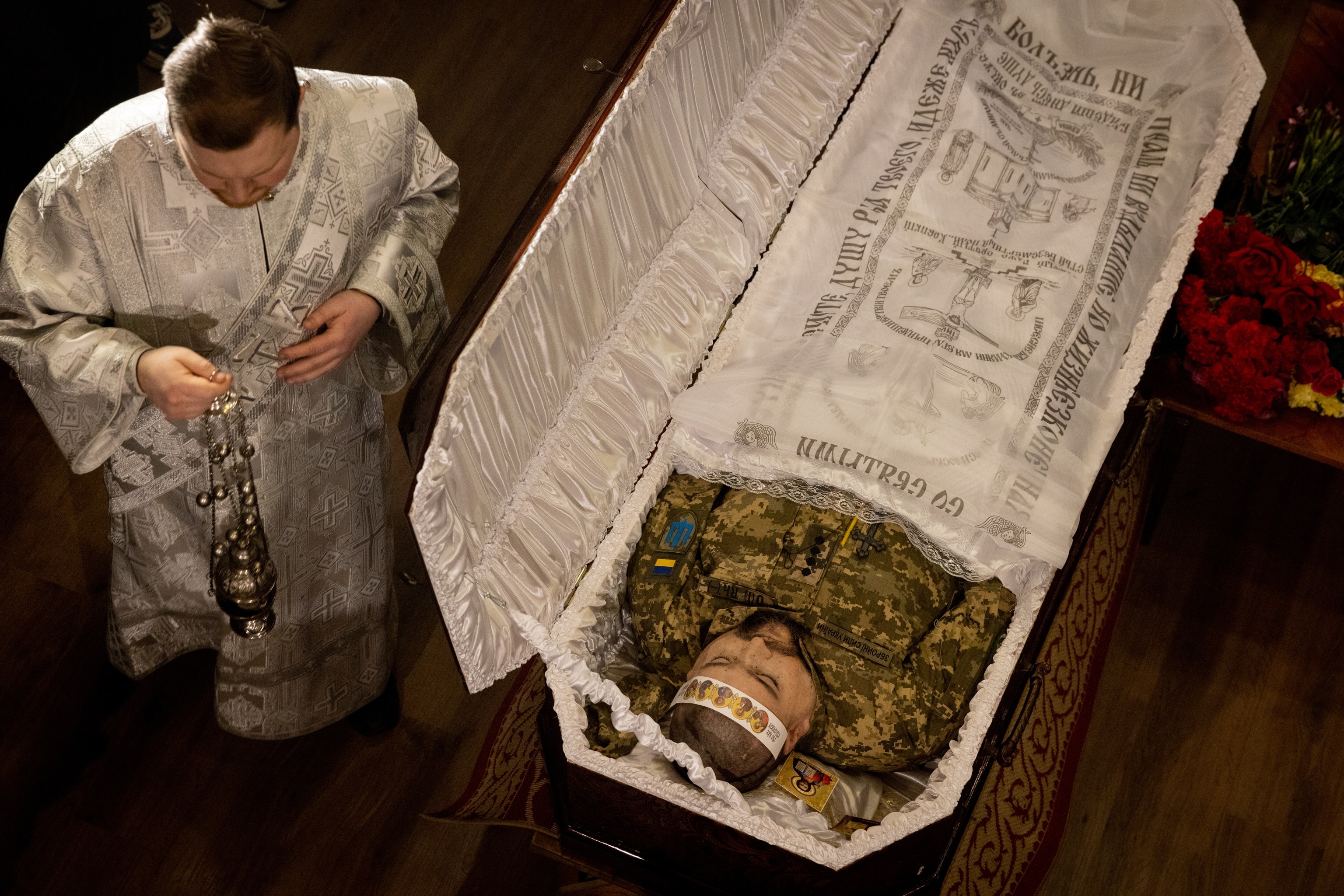
Neighboring Poland, aided by American troops, is preparing to accept the refugees who are currently crossing the border. Officials have estimated that one million Ukrainians may seek refuge in their country. As the world braces for war, economic and security shocks have already begun, sending stock prices crashing across the U.S., Europe, and Asia.
At NATO headquarters in Brussels on Thursday, Secretary General Jens Stoltenberg held a press briefing, where he said: “Russia has attacked Ukraine. Peace on our continent has been shattered.”

